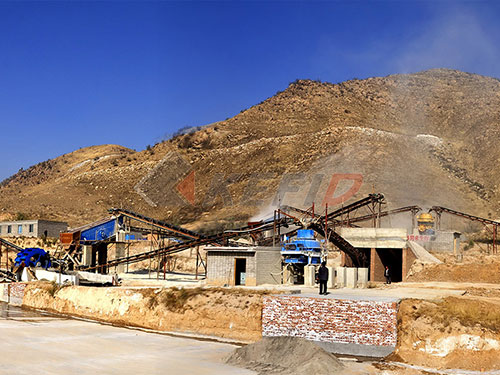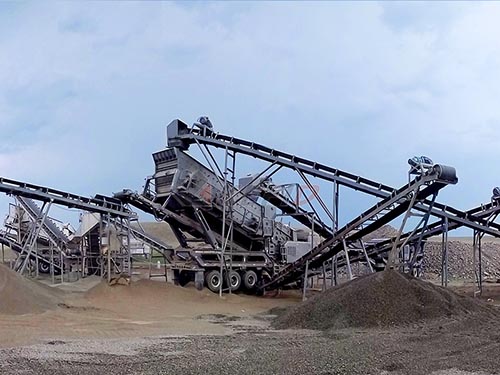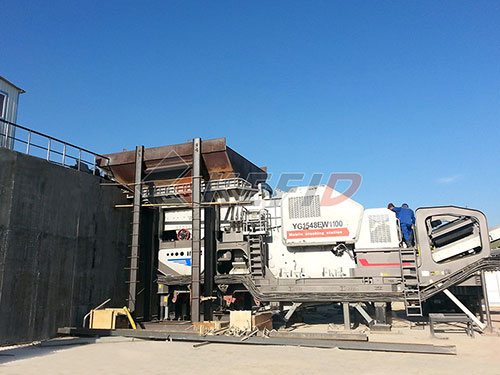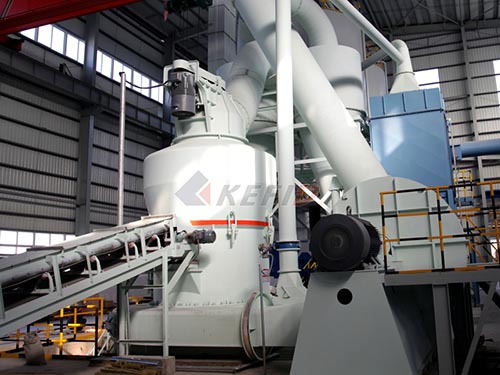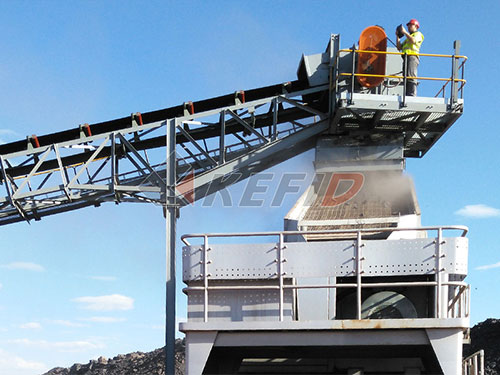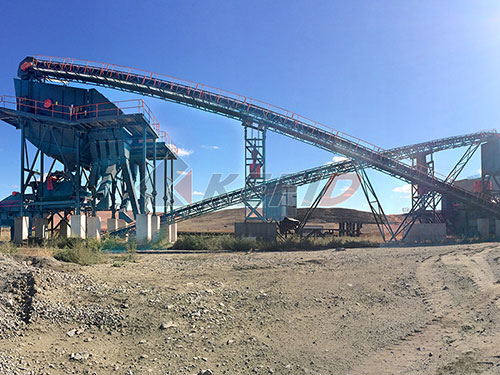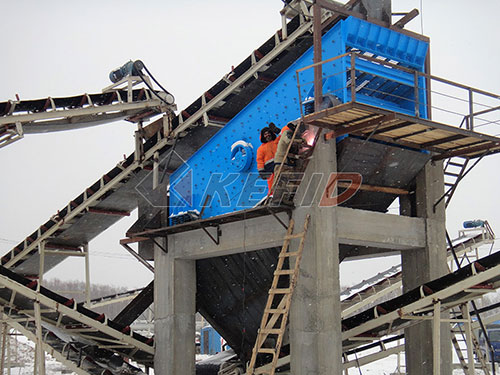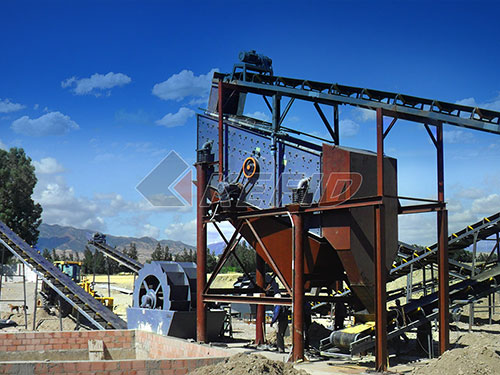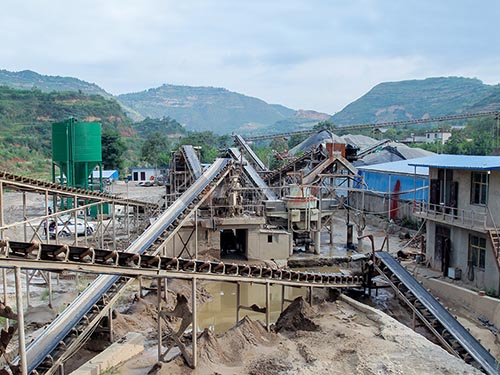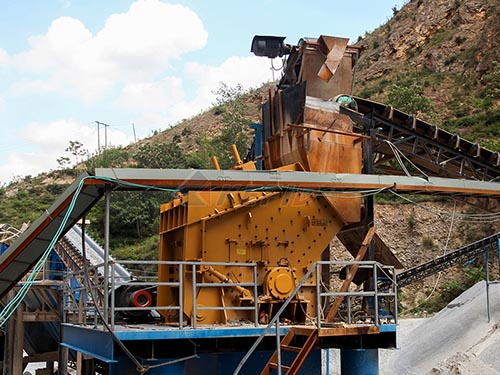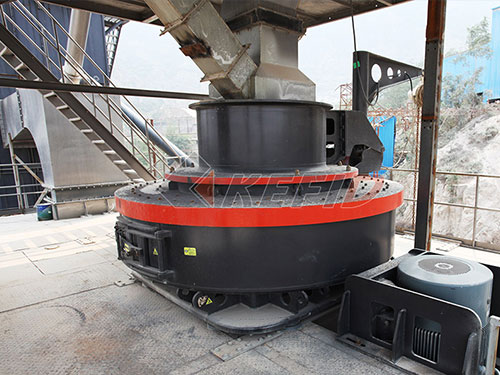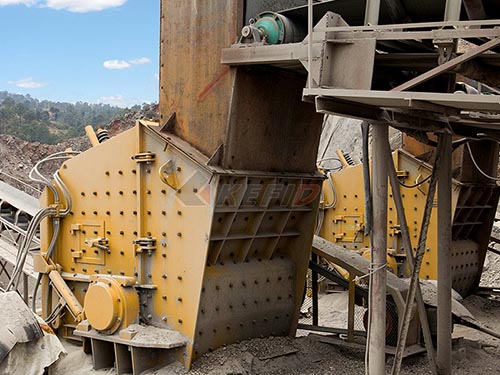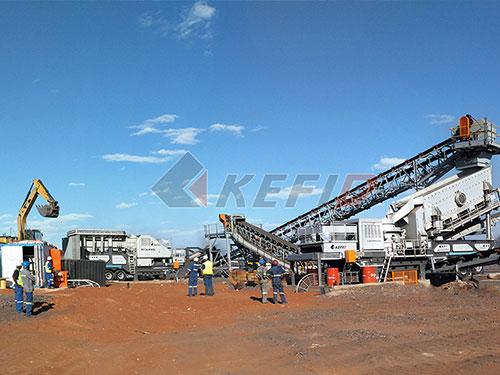Beyond the Price Tag: Demystifying the Total Cost of Operation for Gyratory Crushers
In the demanding world of mineral processing and aggregate production, selecting primary crushing equipment is a decision with profound long-term financial implications. While the initial capital expenditure (CAPEX) for a gyratory crusher is undeniably significant, focusing solely on this figure paints an incomplete and often misleading picture. The true measure of value lies in understanding and optimizing the Total Cost of Operation (TCO) over the crusher’s entire operational lifespan. This comprehensive analysis encompasses all direct and indirect costs associated with owning and running this critical piece of equipment, ultimately determining its profitability and return on investment.
The Unmatched Role of Gyratory Crushers
Gyratory crushers are engineering marvels designed for heavy-duty primary crushing. Their robust construction features a central vertical spindle, a conical crushing head gyrating eccentrically within a concave bowl liner. This action creates a progressive crushing chamber where large feed material is nipped and crushed continuously as it moves downwards. advantages include:
1. High Capacity: Capable of handling enormous throughput rates, often exceeding 10,000 tonnes per hour in large mining applications.
2. Superior Feed Acceptance: Designed to take very large feed sizes directly from haul trucks or shovels.
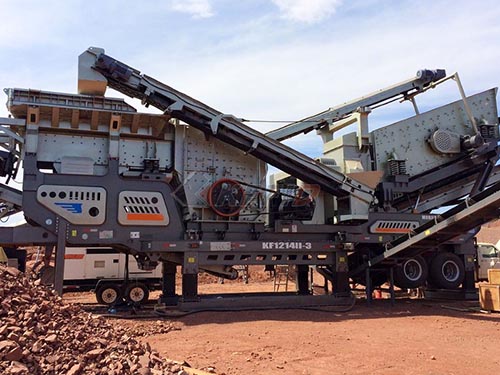
3. Deep Crushing Chamber & Long Stroke: Provides high reduction ratios in a single pass (typically 6:1 to 8:1).
4. Continuous Operation: The design allows for continuous feed and discharge without the reciprocating action of jaw crushers.
5. Robustness & Longevity: Built with massive components designed for decades of service in harsh environments.
These characteristics make them indispensable for high-tonnage, hard-rock applications like large-scale open-pit mines and major aggregate quarries.
Deconstructing the Total Cost of Operation (TCO)
TCO is not a single number but an aggregation of numerous cost streams incurred throughout the crusher’s life cycle – typically spanning 20-30 years or more. Accurately calculating TCO requires meticulous consideration of these key components:
1. Initial Capital Expenditure (CAPEX):
Equipment Purchase Price: The base cost of the crusher itself, including standard liners and basic instrumentation.
Installation Costs: Civil works (foundations), structural steel support structures, erection labor, craneage, alignment.
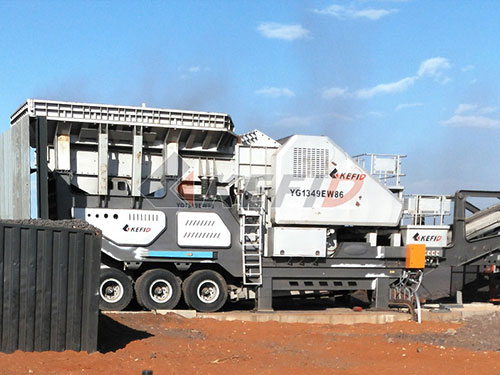
Auxiliary Equipment: Essential



